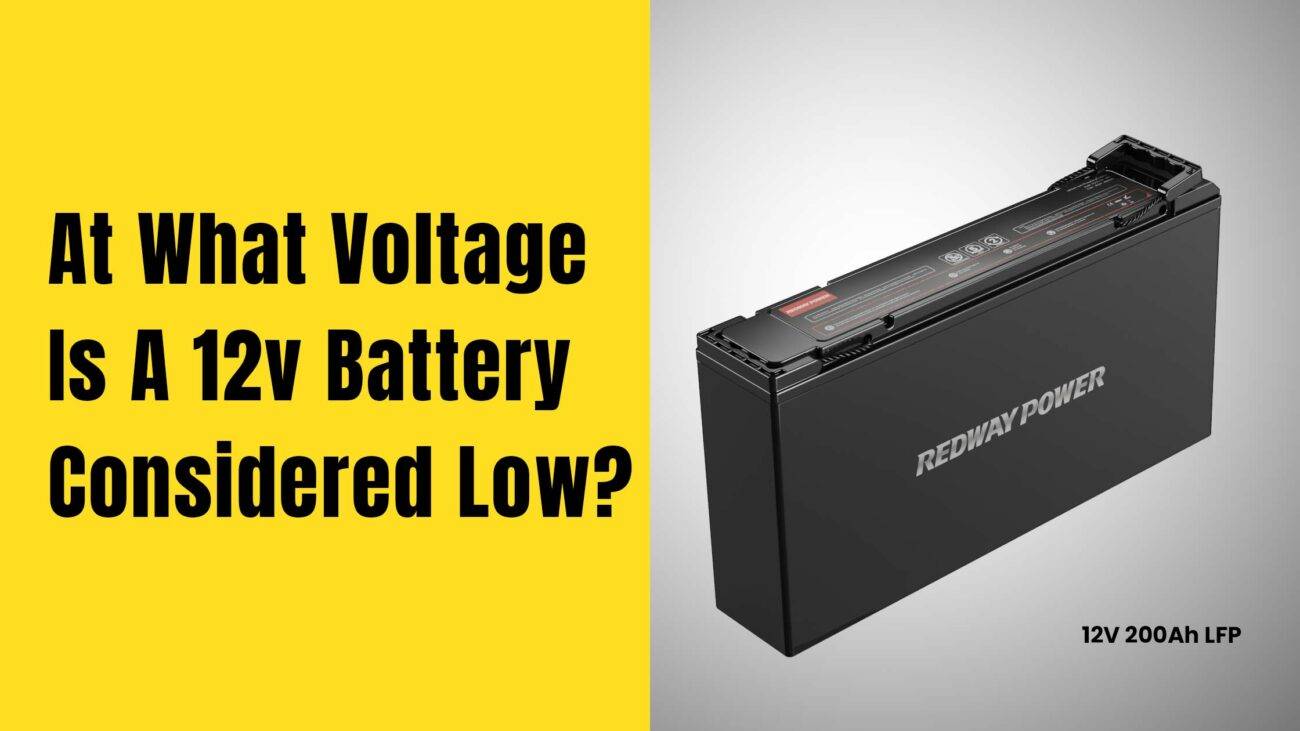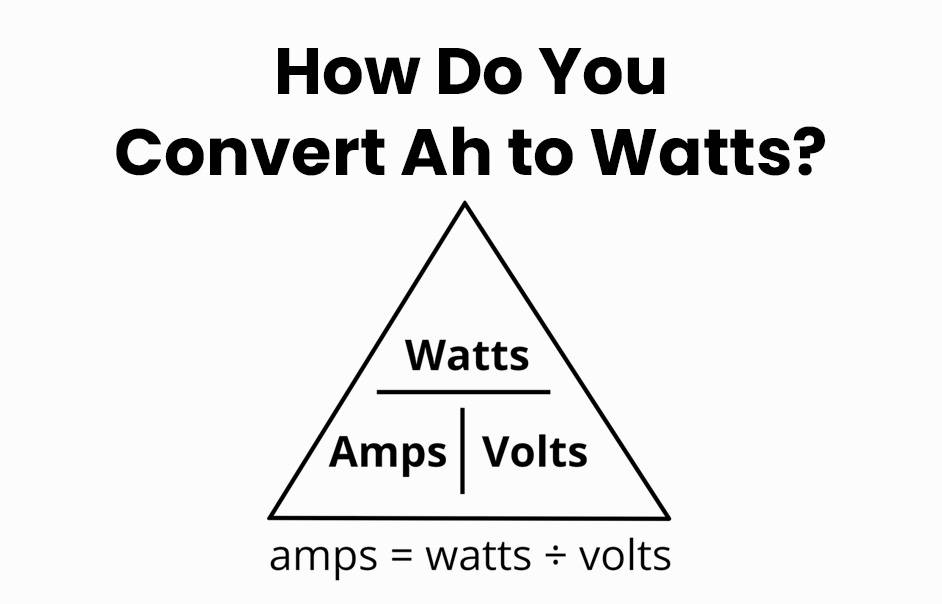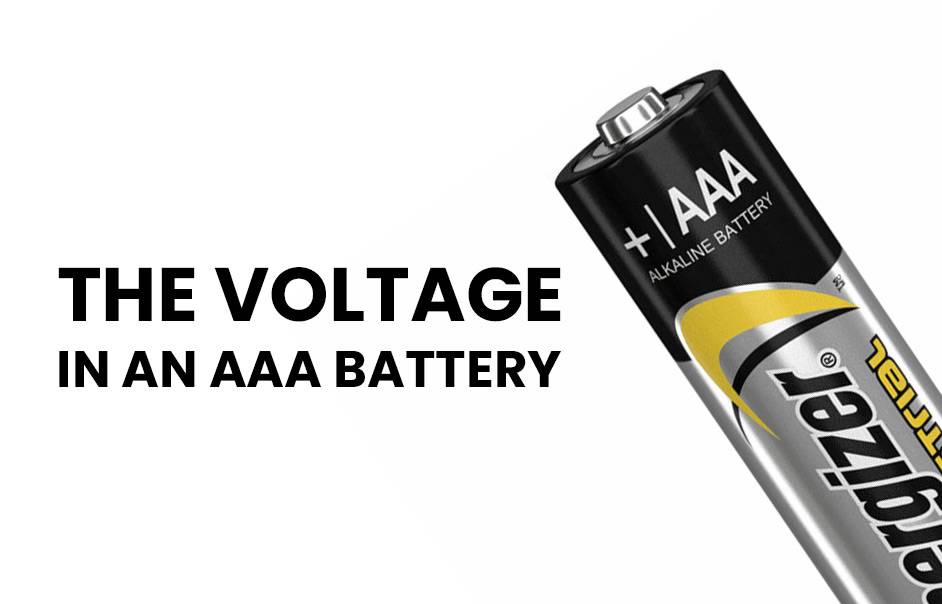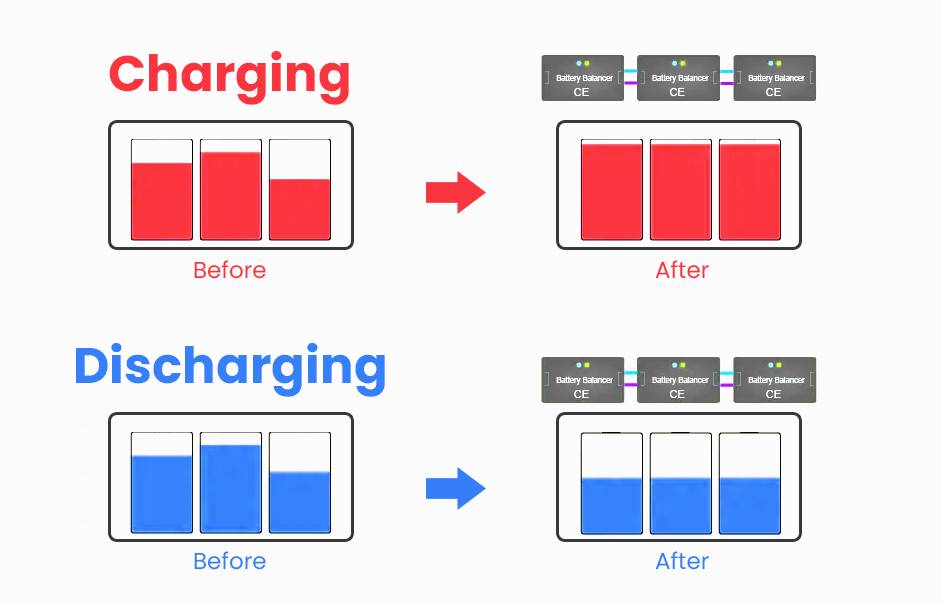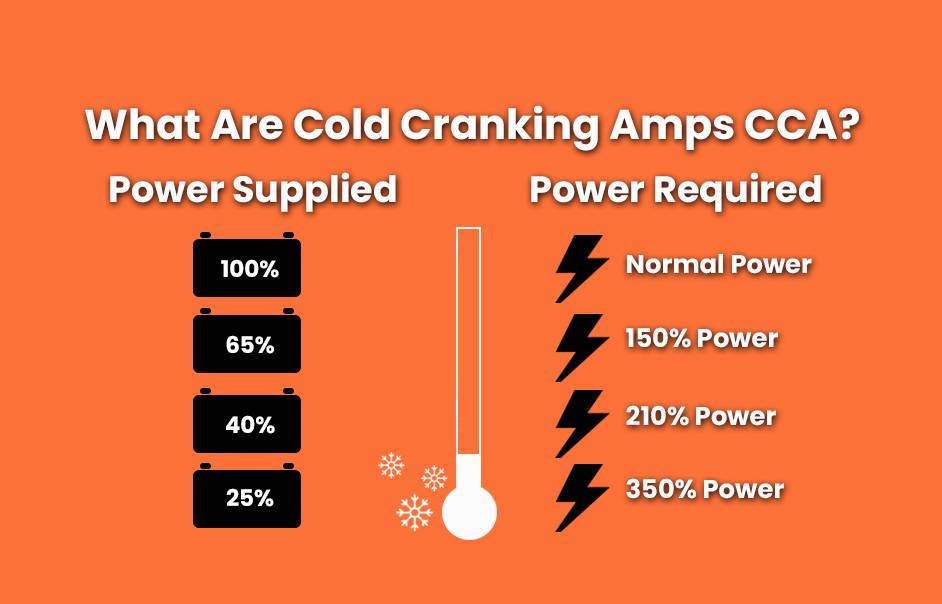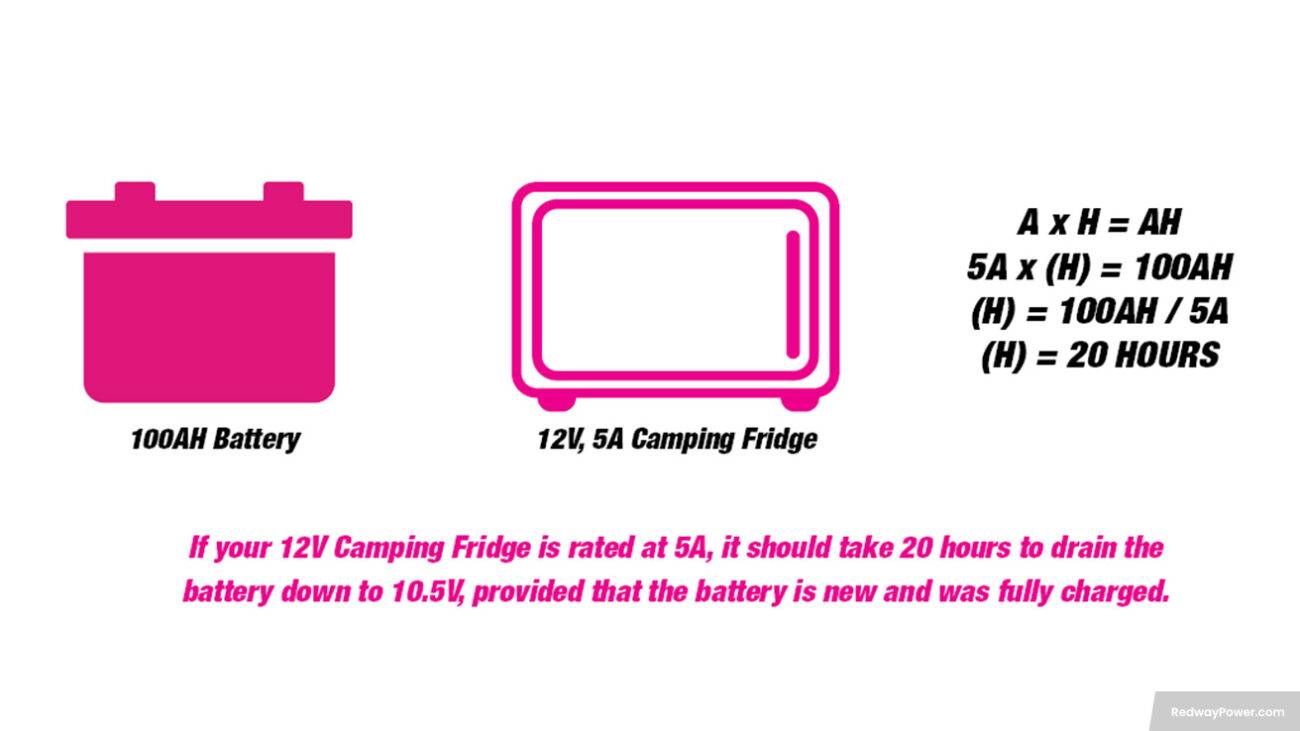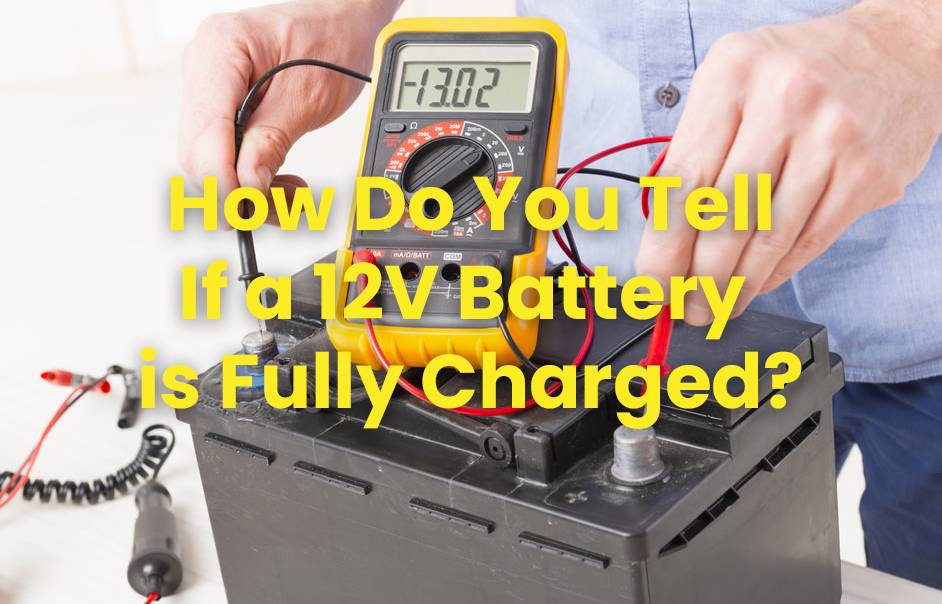The difference between voltage and Ah in batteries lies in their respective functions. Voltage measures the force or potential difference that drives the electric current, while Ah (Ampere-hours) measures the battery capacity, indicating how much charge the battery can deliver over time. Voltage determines the power or strength of the battery, while Ah indicates the battery’s capacity to deliver charge.
Understanding Voltage
- Definition and Measurement: Voltage is the potential difference between two points in an electrical circuit, measured in volts (V). It represents the force that pushes electric charges through the circuit, influencing the power output of batteries.
- Significance in Batteries: The voltage rating of a battery indicates its strength or power. Higher voltage means more power, while lower voltage means less power. For example, a 12-volt battery delivers more energy than a 6-volt battery, making it suitable for devices requiring higher power output.
- Considerations for Device Compatibility: Matching the voltage of the battery with the requirements of the device is crucial for optimal performance and safety. Devices like power tools or electric vehicles typically require higher voltage batteries, while smaller devices operate on lower voltages. It’s important to consider voltage alongside other factors for overall battery performance and longevity.
Explaining Ah (Ampere-hours)
Ah (Ampere-hour) is a unit of electric charge that represents the amount of electrical energy transferred by a steady current of one ampere flowing for one hour. It is commonly used to measure the capacity of batteries, indicating how long a battery can deliver a certain amount of current. Ah is a crucial parameter in evaluating the performance and endurance of batteries.
- Definition and Comparison: Ah represents the battery’s capacity to deliver current over time, analogous to the size of a fuel tank. Higher Ah ratings mean longer battery life before needing a recharge, akin to a larger fuel tank allowing for more extended driving.
- Practical Interpretation: For instance, 1 Ah signifies the ability to draw 1 ampere for one hour before the battery depletes. Doubling the drawn amperage halves the battery’s runtime. Considering both voltage and Ah ratings is essential for choosing the right battery to meet your device’s power demands effectively.
Understanding Ah alongside voltage provides a comprehensive understanding of a battery’s capabilities, ensuring optimal performance for various devices.
How Voltage and Ah Affect Battery Performance
Voltage and Ah (Ampere-hours) are two important factors that affect battery performance. Voltage represents the electrical potential difference in the battery, determining the power or strength of the battery. Higher voltage generally means more power output. On the other hand, Ah measures the battery’s capacity, indicating how long a battery can deliver a certain amount of current. Higher Ah generally means longer runtime. Balancing both voltage and Ah is crucial in selecting a battery that meets specific power and endurance requirements.
Understanding how these elements interact can help you choose the right battery for your devices.
- Voltage Impact: Voltage, measured in volts (V), determines the strength of the electrical flow in a battery. Higher voltage batteries deliver more powerful bursts of energy, ideal for devices requiring quick surges of power, like power tools or digital cameras.
- Ah Influence: Ah represents a battery’s capacity to store charge over time. Batteries with higher Ah ratings provide longer run times before needing recharging, making them suitable for low-drain applications such as remote controls or flashlights.
- Balancing Act: To optimize battery performance, it’s essential to strike a balance between voltage and Ah based on your device’s requirements. Considering both factors ensures you select the right battery for optimal functionality and longevity.
Choosing the Right Battery for Your Needs
Choosing the right battery for your needs involves considering several factors. First, determine whether you require a primary (single-use) or secondary (rechargeable) battery. Next, consider the battery type, such as alkaline, lithium-ion, or nickel-metal hydride, based on your specific application requirements. Assess the battery capacity, voltage, and power density to ensure they meet your power demands. Lastly, consider factors like cost, environmental impact, and safety features to make an informed decision.
- Consider Voltage: Voltage indicates the power output of a battery and is measured in volts (V). Match the battery’s voltage to your device’s requirements for optimal performance.
- Evaluate Ah: Ah, or ampere-hours, measures a battery’s energy capacity over time. Higher Ah ratings mean longer-lasting performance before recharging or replacement.
- Understand the Relationship: Voltage and Ah work together but serve different purposes. While voltage affects power output, Ah determines endurance. Evaluate both factors based on your device’s power demands and usage patterns to make the right choice.
Common Misconceptions about Voltage and Ah
There are several common misconceptions about voltage and Ah (Ampere-hours) in batteries. One misconception is that higher voltage always means better performance, but voltage alone does not determine battery performance. Another misconception is that higher Ah rating automatically means longer runtime, but it depends on the power draw of the device. Understanding the relationship between voltage and Ah is important in selecting the right battery for specific applications.
- Misconception: Higher Voltage Equals Better Performance: While higher voltage can offer more power, it doesn’t always mean better overall performance. Optimal battery performance depends on various factors beyond just voltage, such as application and efficiency.
- Misconception: More Ah Means Longer Battery Life: Although Ah plays a role, it’s not the sole determinant of battery life. Other factors like discharge rate and temperature also affect longevity, so simply opting for higher Ah doesn’t guarantee extended usage.
- Misconception: Mixing Voltages or Ah Ratings Damages Batteries: While mixing different specifications may lead to inefficiencies, it doesn’t necessarily damage batteries outright. However, it’s best to use batteries with matching specifications for optimal results.
- Misconception: All Same-Voltage Batteries are Interchangeable: Even if batteries share the same voltage rating, their chemistry and construction may differ. For instance, lead-acid and lithium-ion batteries with the same nominal voltage can’t be used interchangeably due to their distinct characteristics.
By dispelling these misconceptions, we aim to provide a clearer understanding of how voltage and Ah influence battery performance and ensure informed decisions when selecting batteries for specific needs.

